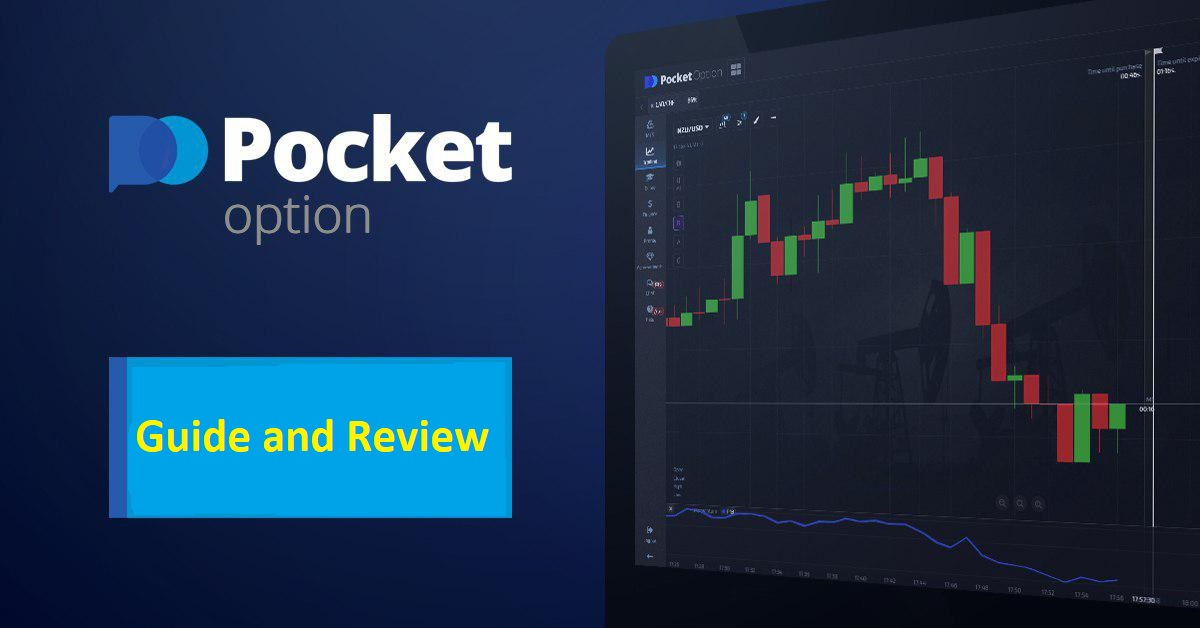Discover the Best Trading Indicators for Beginners on Pocket Option

Best Trading Indicators for Beginners on Pocket Option
If you’re stepping into the world of binary trading, understanding the best trading indicators for beginners on pocket option best trading indicators for beginners on pocket option is fundamental. Trading indicators serve as powerful tools that can aid traders in making more informed decisions based on market trends and data. In this article, we’ll explore some of the most effective trading indicators specifically tailored for beginners on the Pocket Option platform.
Before diving into specific indicators, it’s important to grasp what a trading indicator is. Trading indicators are calculations based on the price, volume, or open interest of a security. They are primarily used to identify trends and potential reversal points in the market. Utilizing these indicators can significantly enhance your ability to predict market movements, thus improving your chances of success.
1. Moving Averages (MA)
One of the most commonly used trading indicators is the Moving Average (MA). It smoothens out price data by creating a constantly updated average price. There are two main types of moving averages: Simple Moving Average (SMA) and Exponential Moving Average (EMA). The SMA gives equal weight to all prices, while the EMA gives more weight to recent prices, making it more responsive to new information.
For beginners, using the 50-day and 200-day moving averages can help in identifying long-term trends. If the 50-day MA crosses above the 200-day MA, it signals a bullish trend, indicating it might be a good time to buy. Conversely, if it crosses below, it could signal a bearish trend, suggesting a potential sell opportunity.
2. Relative Strength Index (RSI)
The Relative Strength Index (RSI) is a momentum oscillator that measures the speed and change of price movements. It ranges from 0 to 100 and is generally used to identify overbought or oversold conditions in a market. An RSI above 70 often indicates that a security is overbought, while an RSI below 30 may suggest it is oversold.

For beginners on Pocket Option, implementing the RSI can assist in timing your entries and exits more effectively. When the RSI drops below 30, you may consider this a buying opportunity. Conversely, when it exceeds 70, it may be wise to think about selling.
3. Bollinger Bands
Bollinger Bands consist of a simple moving average and two volatility bands above and below it. The bands expand and contract based on market volatility. When the price approaches the upper band, it may indicate that the asset is overbought, and when it hits the lower band, it may indicate it’s oversold.
This indicator helps beginners visualize market volatility directly, making it easy to identify potential reversal points. Trading within these bands can provide a straightforward strategy for novices learning to navigate the volatility of Pocket Option trading.
4. Fibonacci Retracement
Fibonacci retracement is a popular tool for identifying potential support and resistance levels. Traders use Fibonacci retracement levels to find reversal points in the market, which can be particularly useful after a strong price movement. The common levels are 23.6%, 38.2%, 50%, 61.8%, and 100%.
Beginners can use these leveled points to set their target prices or stop losses, leading to more disciplined trading. By correlating Fibonacci levels with other indicators, you can create a more robust trading strategy on Pocket Option.
5. Average True Range (ATR)

The Average True Range (ATR) measures market volatility. It can help you understand how much an asset typically moves, which allows traders to set their stop-loss levels with greater precision. A higher ATR indicates a higher level of volatility, while a lower ATR indicates the opposite.
For beginners, understanding ATR can refine risk management strategies. It helps to set targets and stops based on a realistic measure of price movement rather than arbitrary levels that could either be too tight or too loose.
6. Stochastic Oscillator
The Stochastic Oscillator compares a particular closing price of an asset to a range of its prices over a certain period. This indicator creates a value between 0 and 100, which can signal overbought or oversold conditions. A value above 80 might indicate that the asset is overbought, while a value below 20 indicates that it might be oversold.
The Stochastic Oscillator is effective when used in conjunction with other indicators. For beginners, it offers clues about potential market reversals, and when integrated with tools like Moving Averages, it provides a more comprehensive view of market conditions.
Conclusion
Trading successfully on the Pocket Option platform requires an understanding of various trading indicators. As a beginner, it is beneficial to start by mastering a few key indicators like Moving Averages, RSI, and Bollinger Bands before expanding your trading toolkit.
As you grow more comfortable using these tools, your ability to read market trends and make informed decisions will improve significantly. Always remember, while indicators can guide you, developing a disciplined trading strategy that suits your individual risk tolerance is crucial for long-term success in the trading arena. Happy trading!







